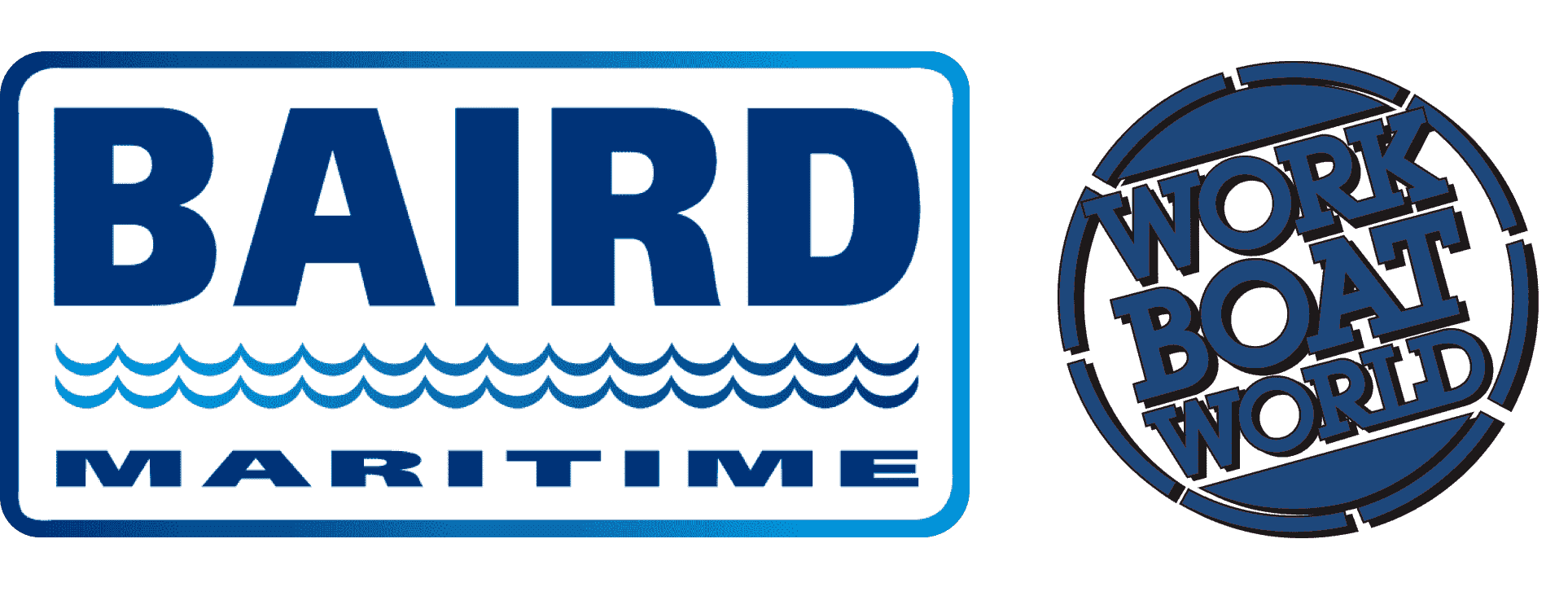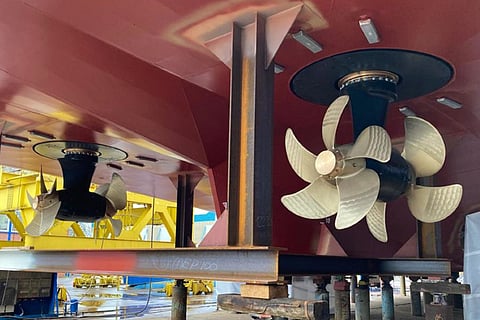GEAR | Veth Propulsion identifies opportunities in Pacific maritime market
Twin Disc Group subsidiary Veth Propulsion recently unveiled plans to explore further opportunities in maritime markets in the Pacific region. The company said it hopes to increase its share in these markets through enhancing collaboration with local designers and shipbuilders in delivering vessels that can operate efficiently within the broad range of environments found therein.
Maarten Jansen, Veth Propulsion Sales Department Manager, was kind enough to talk to Baird Maritime to share some details of the company's product offerings and how these will benefit end users in this vast and active maritime region.
What prospects does Veth – and, by extension, Twin Disc Group – recognise in the Pacific maritime market? Have there been any trends or developments in the Pacific that led to the company's decision to further expand its coverage in this part of the world?
We've been seeing good opportunities in the naval, cruise, and ferry business sectors. Australia has been on the forefront of designing ferries and urban transport vessels and with our electrical integrated counter rotating azimuth propellers, we believe we can offer an efficient and space saving solution for powering such vessels.
We also expect an increase in dredging activities due to canals that will silt up in this area, and so we are also ready to offer solutions for appropriate main propulsion and bowthrusters.
Are there opportunities in this market that are not present in the other regions currently served by Veth? What opportunities are those and how will the company address them?
There are a number of very good designers in the Pacific and they are well recognised on a global scale. We can offer design support when they consider our thrusters or bowthrusters and we can even help them design vessels that are best suited for the jobs they have to perform. Also the sensitive environments in the region call for propulsion solutions with low environmental impact, which we can also supply.
Will there be any focus on specific segments – such as cruise and ferry companies, cargo vessel operators, tanker operators, commercial fishing vessel operators, government agencies, maritime security forces, scientific research organisations, etc. – as you expand your foothold in the Pacific maritime market? Why will the focus be on particular segments instead of others?
As mentioned above, we see opportunities to work together with designers and cruise/ferry operators. In Europe we have a significant share in the inland cruise vessel market thanks to our counter rotating azimuth propellers and silent bowthrusters. This market is still growing and we expect an increase in demand for smaller, more specialised cruise vessels in the Pacific. We can offer suitable propulsion solutions for these vessels.
We are seeing application across a number of naval and military projects in the region, and with the investment by local governments in increasing naval and military preparedness, we see this demand continuing to grow. We will also focus on the refit market where we can replace existing thrusters of other brands with our units, whilst keeping the old foundations in place.
Are there countries or territories in the Pacific region that are of significant interest to Veth at this time? What countries or territories are those and why?
Australia is currently our main focus, though we are also looking into New Zealand as well. Both countries have a number of well-respected designers and also a good number of yards. There are also a number of cruise vessel operators and dredging companies such as Riverside Marine, CGC and Dredging International Australia, which will be our main area of focus.
Which among Veth's many propulsion product and service offerings – both existing and in the pipeline – will be pushed to potential customers in the Pacific? What benefits will customers get from using these products? What advantages will these products offer compared to older alternatives or even newer products from competitors?
We believe that promoting our electrical propulsion units should have our main focus. The worldwide trend is to go electric and we are ready for that and have the experience. Veth has been in business since the 1960s and so we have solid experience in designing, building, and servicing our units.
We offer semi-standard products, which means that the main components are standard for easy and affordable maintenance but the foundations and periphery will be designed to make the best possible fit for each vessel. We offer this as standard to designers and yards so that an optimum installation in the vessel will be possible.
Our bowthrusters with horizontal propellers are very well-suited for shallow-draught vessels like landing craft and river cruise vessels. Furthermore our units can be serviced through our Twin Disc world-wide network, as well as our Pacific-based Twin Disc offices and authorised dealers.
You mentioned earlier that Veth is committed to incorporating innovation and sustainability in serving customers in the Pacific. What steps are being taken by the company towards accomplishing these two objectives? Which new technologies (i.e. hybrid, electric, etc.) will be included and how will these be incorporated in Veth's existing product and service offerings? What specific benefits will customers be able to enjoy?
Veth will offer its integrated azimuth design, which complies with the Green Passport Class society certification. Even though we have hybrid propulsion solutions in our portfolio, we believe that the future will be electric. We've seen a lot of innovation going on with battery packages and E-motors and we have teamed up with Danfoss Editron, which produces a specially designed "pancake" PM e-motor for our integrated design.
This design offers a very efficient and easy to install unit that is also fully electric. It has an extremely small installation height, even at higher power inputs. This very compact and low design helps free up space on the aft deck, thus making it ideal for vessels with large transport volumes such as Ro-Ros and passenger ferries.
Are there particular trends in the Pacific maritime market that you believe will influence the development of future product and serving offerings under the Veth brand? What will this mean in terms of product features and capability?
We believe further electrification will be the future and so we are fully focusing on further development of our electric thrusters.
We keep a close eye on the design developments made by the local design offices as they are very active and come up with good ideas so we will follow these and see where we can adapt our current design to match these developments.


